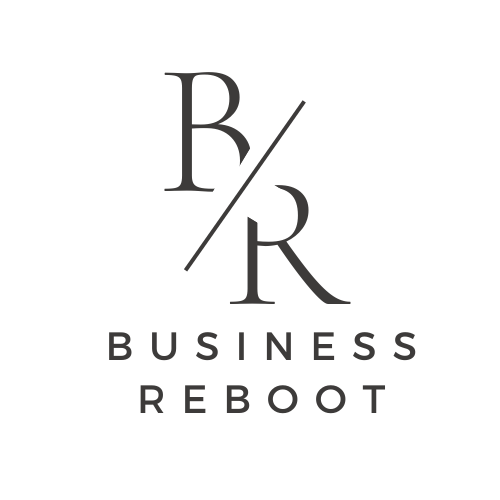Transitioning from a small mom-and-pop shop to a larger, professionally operated small business with up to 10 employees is an exciting but complex journey. It requires careful planning, strategic decision-making, and the right support to ensure sustainable growth. Here’s a guide to help you navigate this transformation, with insights into the critical role a business consultant can play in making your transition smoother, faster, and more profitable.
Step 1: Define Your Vision and Goals
Start by clearly defining your long-term vision for the business. What do you want your company to look like in five or ten years? What markets do you want to serve? Setting specific, measurable goals will help you chart a course for growth and ensure that all decisions align with your ultimate objectives.
Step 2: Assess Your Current Operations
Before expanding, take a hard look at your current business operations:
- Processes: Are they scalable? Identify inefficiencies or bottlenecks.
- Financial Health: Review your financial statements to ensure your business is in a position to grow.
- Customer Base: Understand your customer demographics and identify opportunities to expand your reach.
Step 3: Develop a Growth Plan
A well-thought-out growth plan is essential. It should include:
- Staffing Strategy: Identify the roles you’ll need to fill and when to hire.
- Marketing Plan: Develop strategies to attract new customers and retain existing ones.
- Financial Projections: Create budgets and forecasts to guide your investments.
- Operational Upgrades: Consider tools or technologies to streamline processes.
Step 4: Build a Strong Team
Hiring the right people is critical. Look for employees who not only have the required skills but also align with your company’s values and culture. As you grow, ensure you have systems in place for training, performance management, and employee engagement.
Step 5: Invest in Branding and Professionalism
Transitioning from a mom-and-pop image to a professional small business often involves:
- Brand Refresh: Update your logo, website, and marketing materials to reflect a more polished and professional image.
- Customer Service Standards: Implement policies to ensure consistent, high-quality interactions.
- Community Presence: Engage with your community through events, partnerships, and social responsibility initiatives.
Step 6: Evolve Your Company Culture
Growth often requires a shift in company culture. Moving from a close-knit, informal environment to a more structured, professional one can be challenging but is necessary for scalability. To successfully evolve your culture:
- Communicate the Vision: Clearly articulate the goals and values of the growing business to your team.
- Embrace Change: Encourage openness to new processes and ideas while maintaining the core values that define your business.
- Foster Collaboration: Create opportunities for team-building and input to ensure employees feel valued during the transition.
- Lead by Example: Demonstrate professionalism, adaptability, and commitment to the new direction to inspire your team.
The Role of a Business Consultant
While the steps above provide a framework, executing them effectively can be overwhelming for many small business owners. This is where a business consultant can make all the difference.
Time and Cost Savings
A business consultant can save you time and money by:
- Shortening the Learning Curve: Leveraging their expertise allows you to avoid common mistakes and focus on what works.
- Streamlining Processes: They can help you implement efficient systems that reduce waste and improve productivity.
- Focusing on Growth: By handling certain aspects of the transition, a consultant frees you up to focus on your strengths and vision.
Access to Resources and Contacts
Experienced consultants have networks and knowledge that can be invaluable:
- Industry Contacts: They may introduce you to reliable suppliers, marketing agencies, or technology providers.
- Funding Sources: They can guide you on securing loans, grants, or investors.
- Best Practices: Consultants bring insights from working with other businesses in your industry, giving you a competitive edge.
Strategic Guidance
Consultants are skilled at:
- Identifying Opportunities: They can spot areas for growth that you might overlook.
- Risk Management: By anticipating potential pitfalls, they help you navigate challenges effectively.
- Objective Perspective: A consultant provides an unbiased view of your business, ensuring you make decisions based on data and strategy rather than emotion.
Final Thoughts
Transitioning from a mom-and-pop shop to a professional small business is a challenging but rewarding process. While it requires effort and investment, the results can be transformative—greater profitability, a stronger market presence, and a more resilient business.
Engaging a business consultant is one of the smartest moves you can make on this journey. Their expertise, resources, and network can help you avoid costly missteps, accelerate your growth, and achieve your goals faster than you could on your own. By taking the leap and seeking professional guidance, you’re not just investing in your business’s future; you’re ensuring that the legacy of your mom-and-pop shop continues to thrive for years to come.


Leave a Reply